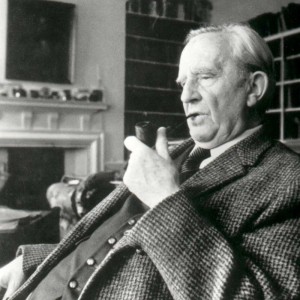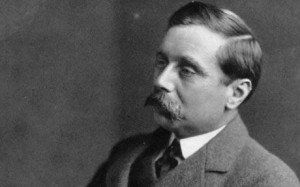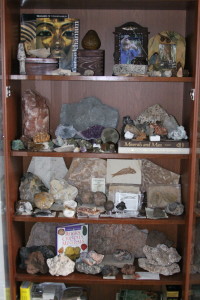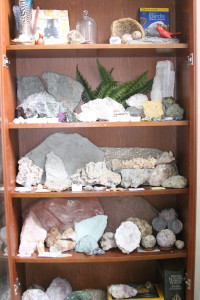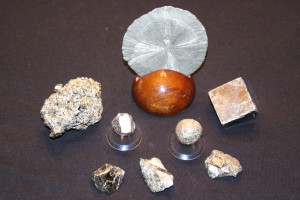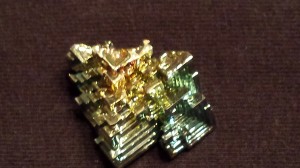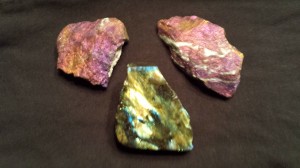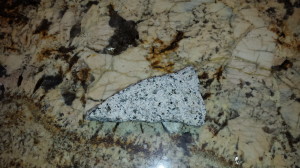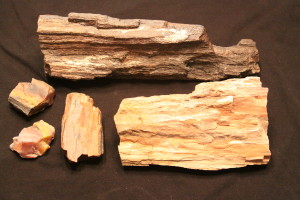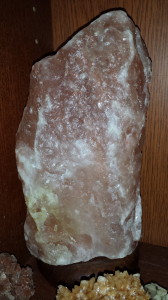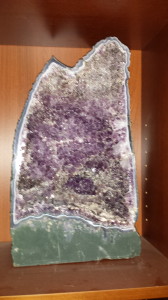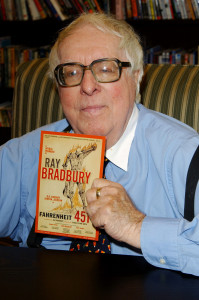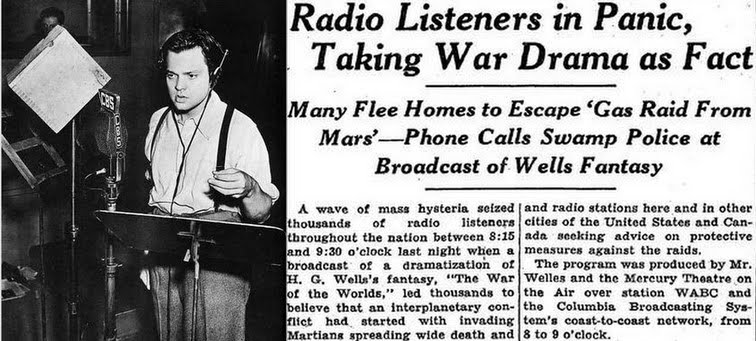
The date was October 10, 1938, Halloween Eve and the United States was beginning to celebrate the holiday. Things were not going so great in the world as the country was in the fifth year of one of the worst depressions it had ever seen and unemployment in the US was estimated at 15%. The world was very unsettled politically, Japan was at war with China and Korea, Germany was building a large military force, had just annexed Austria and planning to take over Czechoslovakia and the Soviet Union was looking for allies to assist them against Hitler, but the US and Great Britain refused. Closer to home in the United States a hurricane killed 600 people on the east coast and a huge meteor exploded over Pennsylvania.
It was against this backdrop of anxiety and tension that people turned to radio programs to escape the reality their lives and Orson Welles was getting ready to air his adaptation of the H.G. Wells novel the “War of the Worlds” (Original Audio Broadcast). The radio drama that night started as a series of news stories interspersed with music. While there was an announcement at the beginning and the end of the program informing listeners that the events were not real, many people did not hear that part of the program. Newspapers reported widespread panic and hundreds if not thousands of people called their local radio stations, fire and police departments.
The plot of the story is told mostly from the viewpoint of a dedicated radio reporter (played by Orson Welles) who follows a space alien invasion from start to finish. The radio program starts with various radio reports about the initial appearance of the Martians in a field in New Jersey, to a scene where a brash army colonel gets melted by the Martian heat wave, to a scene where bomber pilots are incinerated. During the attack the Martians use poisonous black smoke to subdue the defenders. At the beginning the music is interspersed between the reports, but as the situation becomes more dire the reporter records his tale for posterity, if they survive. The story ends with the Martians being killed, not by the best of human military might, but by germs they picked up from the humans.
The adaptation is very good. Welles transferred the location from outside of London to New Jersey and updated the weapons used to damage the alien ships. He kept the same tone and narrative style and captured all the plot points extremely well. The production quality was top notch for the time as well.
In addition to the excellent staging of the show, Orson Welles was very clever about it’s production. Wells had worked for the Columbia Broadcasting System (CBS) in its early days and it had only about 1/6th the number of listeners of its main competitor, the National Broadcasting Corporation (NBC). The Mercury Theater on the Air, Orson’s program, was in a time slot up against NBC’s much more popular “The Chase and Sanborn Hour”. He had one key advantage in that his program was a “sustaining program”, which means they didn’t have a sponsor and had no advertising. Orson knew the listening habits of listeners at the time and the timing of his competitor’s show. He timed his “news” broadcasts to coincide with the commercial breaks when many radio listeners would change to other channels, these people had missed the introduction and were fooled into thinking the reports were real.
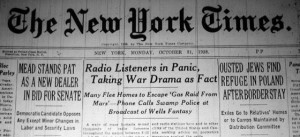
The reports of panic that were published in the newspapers the next day were most likely exaggerated. This was the time that radio was starting to pull ad revenues away from the print publications. In addition to the fact that big headlines sell papers better, it didn’t hurt the publisher’s feelings any to make radio look bad.
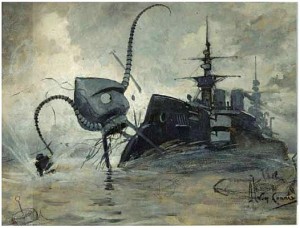
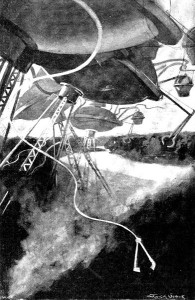
Before closing I think it is appropriate to talk a bit about the original work by H.G. Wells. “The War of the Worlds” . It was one of the first stories about wars with aliens. The first person style where you never even know the names of the key characters makes it feel extremely personal. His first book, which was a non-fiction biology textbook, provided a surprising twist to musings he and his brother had one day about what it would be like if aliens descended on the earth and declared war.
The “War of the Worlds” has been in continuous print since it was published in 1898. It has been made into numerous movies, radio dramas, various comic book adaptations, a television series and spin off stories by other authors.
In closing I want to thank Barbara again for letting me write another post. Not only did I learn a lot researching this stuff, but I got to listen to the original broadcast again. Quite fun and I would recommend it to all!
Sincerely,
Jeff Jones

